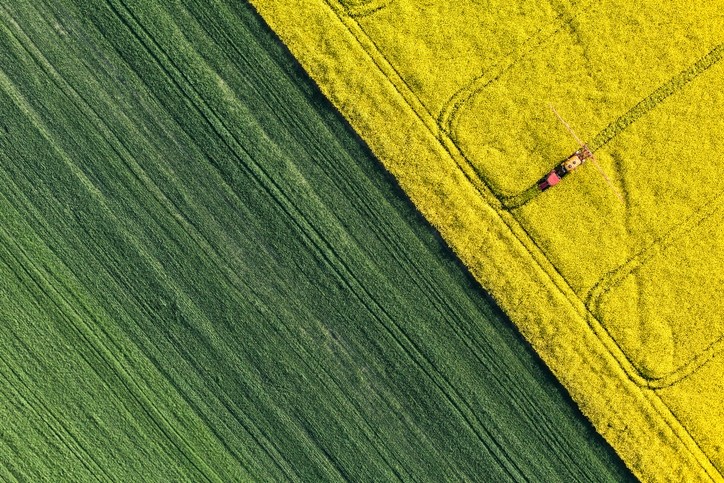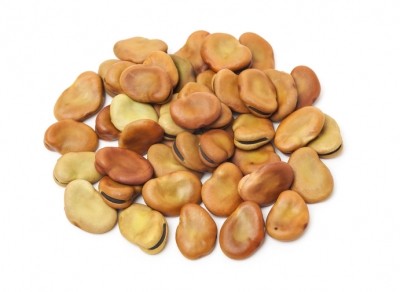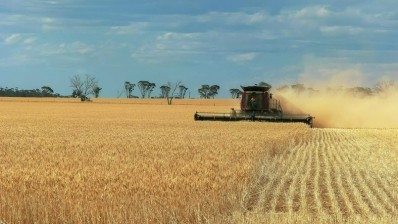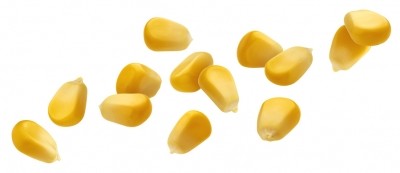Drop in grain prices on improved supply prospects, recovery in EU rapeseed output likely

Australia’s 2020/21 wheat crop is looking increasingly positive, it was raised by another 2.3Mt last week by the Australian Bureau of Agricultural and Resource Economics and Sciences (ABARES) – its estimate was 31.17Mt, a jump from September’s 28.91Mt forecast.
Statistics Canada said the country’s wheat crop will be the largest in seven years, while Russia’s export quota for February to June could also be increased by 1Mt, said the UK grain and oilseeds market analysts.
“These three factors add to the confidence in global wheat supplies this season. There are still worries about 2021/22 wheat crops but large stocks would partly cushion a possible fall in production.”
Global maize demand is already expected to exceed supply this season. Recent rain in South America has helped crops in the short term, taking some of the heat out of the market but more is needed. Worldwide maize supplies are already tight, keeping an underlying level of support in maize and so feed grain markets, reported the team.
More rain is expected for the some of the key growing areas in Brazil this week but parts of Argentina are expected to remain mostly dry, observed the market specialists.
Referencing the large global barley crops, the analysts note feed demand for that raw material is up, but the outlook for malting demand is more pessimistic, pending the lifting of COVID-19 restrictions.
While the next WASDE report from the US Department of Agriculture (USDA) is due to be released on Thursday, the factors influencing the market right now is the weather in South America and the rate of grain and oilseeds imports, particularly by China, as per the AHDB outlook.
European rapeseed picture
On the oilseeds front, the AHDB team said EU rapeseed production for 2021/22 is forecast to recover slightly from the lows seen last season.
Smaller Chinese purchases of US soybeans last week cast a somewhat bearish tone to oilseed markets. However, some bullish sentiment is seen from crop condition reports in Southern Brazil, they noted.
EU feed protein balance sheet
The European Commission recently published the final EU+UK feed protein balance sheet for marketing year 2019/20.
The total feed use amounted to 83m tons of crude protein, of which 65m tons are EU origin. That report showed that 45% of the proteins are coming from roughage and 25% from oilseed meals and 22% from crops, mainly cereals. The self-sufficiency rate increased to almost 79%, on higher availability of roughage, but did not reach the five-year average, also due to lower availability of EU rapeseed.
The Commission also published the EU feed protein balance sheet for marketing year 2020/21, doing so for the first time during the first semester of the ongoing marketing year. The report is the first to only document feed use for the EU-27, with data from the UK now excluded.
Forecast total feed use in the EU-27 in 2021/21 is likely to come in at around 10m tons of crude protein lower than the previous year.
"More importantly, the self-sufficiency is lower by 1.5%, because of the higher share of roughage in UK feed. Another novelty is the inclusion of other proteins crops in the balance sheet. This category includes vetches, chickpeas lentils and other pulses. For the ongoing marketing year, a lower demand for compound feed is expected, as reflected in a lower demand for cereals and oilseed meals. For roughage, a 6.5% increase in silage maize and 4.6% in fodder legumes is projected and total feed use is forecasted at 73m tons of crude proteins, of which 76% are of EU origin."








